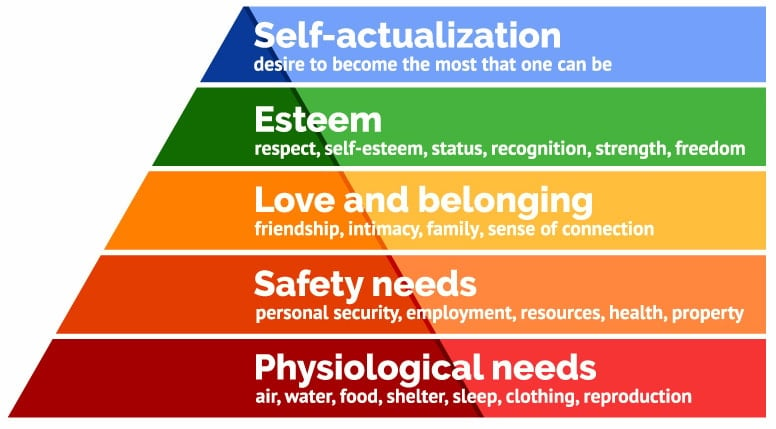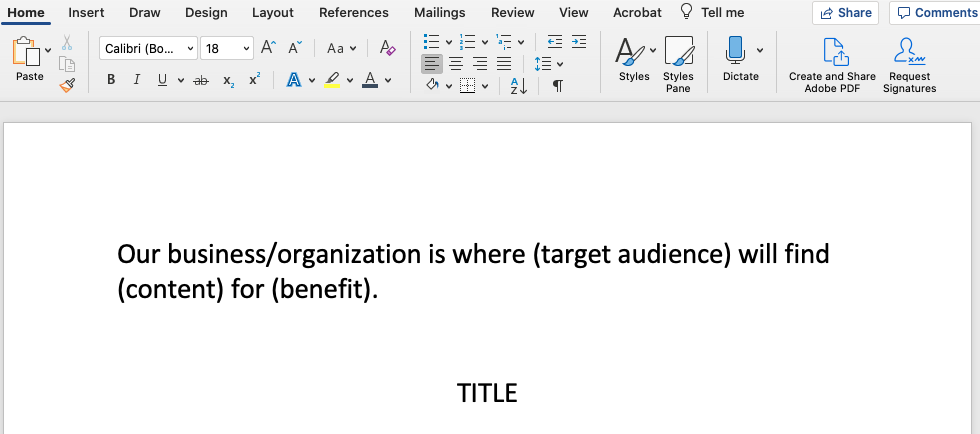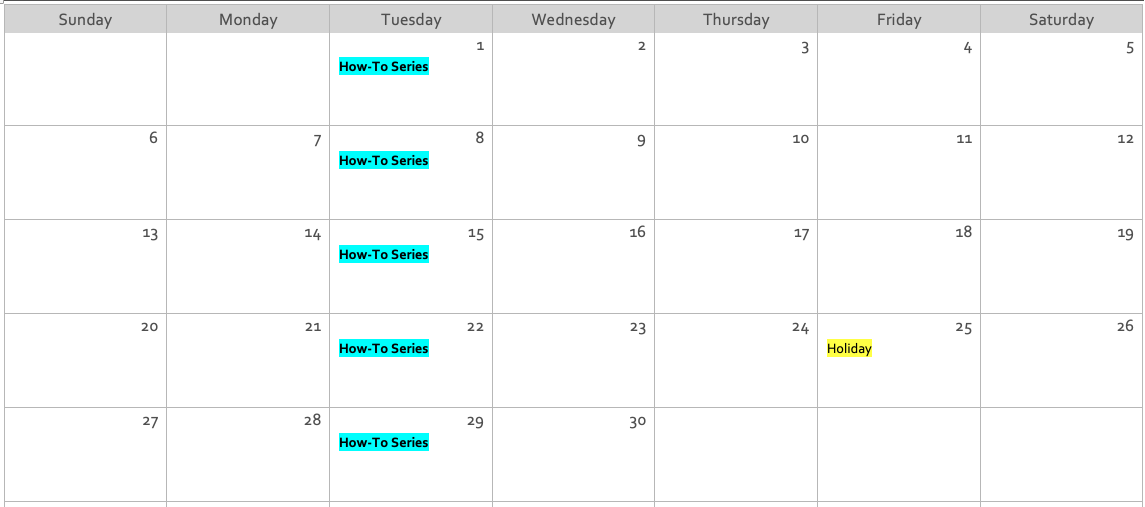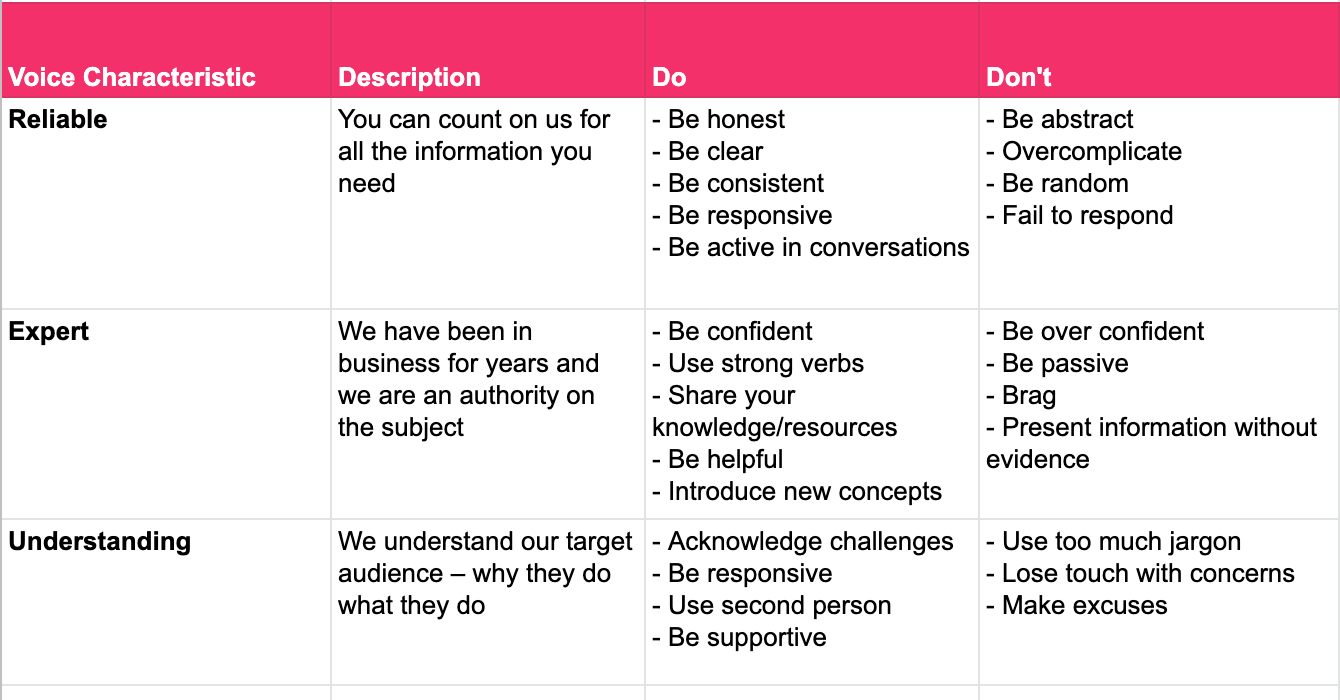Communicating During a Crisis: 6 Tips for Authentic Brand Messaging
May 12, 2020 at 12:00 AM

These past few months have felt like a lifetime.
While we all have to figure out how to move forward with life during a global pandemic we are also scrambling to revise our marketing strategies and brand communications.
With such a big shift in mentality and behavior across the globe, we have to rethink how to keep speaking to our audience.
It's not easy and there's not exactly a guidebook for marketing during a global pandemic, but there are some ways to frame marketing communications that we already know work and it's helpful to be reminded of how they can be applied to this current situation.
If you're feeling hesitant about what to say, here are 6 marketing communication tips you can add to your toolkit right now that will help you assemble an effective messaging plan that will gain your audience's trust:
1. Tap into your humanness
During a crisis, people have a biological response. An easy way to think about it is through the lens of Maslow's Hierarchy of Needs. The pyramid explains how human behavior is guided by needs.
If you haven't seen this before, it was developed by a human behavioral psychologist and has provided a guide to marketers for decades about human motivation. It reads from bottom to top:

SOURCE: SIMPLYPSYCHOLOGY.ORG
The main idea is that as a person meets the needs of one level, they can move to the next level. The brands that tap into these needs can deepen their relationship with their audience.
Where does your audience fall on the pyramid right now?
-
Are they slamming on the breaks and halting everything to focus on their basic needs?
-
Are they on the frontline of the crisis and worried about their health?
-
Are they relatively comfortable, but will be watching their spending habits?
- Are they a working parent who is also doubling as a school teacher for their kids?
The most important part of developing content is how well your message matches up to your audience's mindset and understanding what drives their decisions.
While we can't know everyone's exact situation right now, we have a general idea that there are a lot of elevated emotions and there's a lack of feeling safe and secure. By speaking to them with that understanding, your messaging will come off as more reliable, respectful, and real.
2. Be helpful
You're an expert in your industry and people are looking for answers. They're scared, they're not sure what is fact or fiction. Acknowledge that this is a challenging situation and be helpful.
Ask yourself
What questions do I have unique answers to that can help my audience start to feel a sense of security, positivity or happiness during this time?
If you work for an Association, maybe you can share details with your members about how to attend your virtual conference where they can continue to learn more about a subject or improve upon a skill.
If you work in health care, maybe you can share updates on the sanitary measures you are taking to protect your patients and your staff.
If you're a restauranteur, maybe you can share a cooking demo of how to prepare your favorite dish for a fun activity to do at home while they are restricted from dining in.

This idea comes from HubSpot's inbound marketing methodology which focuses on attracting, engaging, and delighting your audience by creating content that is most helpful to them. Your audience is already looking to Google to find the answers to their questions and challenges.
By being helpful and making their concerns feel heard, you will attract your audience and make them feel satisfied and supported by finding the best answer to their question. If you're looking to retain your audience, it's continuing to delight them with well-timed helpful information, responses to their questions, and asking for their feedback.
Get generous where you can. Reward your audience by giving them something actionable to help them achieve a goal or overcome a challenge.
More than ever, businesses are offering free, valuable resources, even before generating revenue. In the long run, this builds trust and deepens your relationship with your audience and builds a loyal fan base.
3. Set a content mission statement
One of the best ways to give purpose to your marketing communications is setting an intention. Before writing anything, ask yourself:
Who is my target audience?
What content can I create that will benefit them?
For example, this blog post is where marketers can find advice on how to be real, relatable and reliable when speaking to their audience during a pandemic.

Copy and paste your content mission statement to the top of any word docs or spreadsheets where you are planning communications and revisit it again and again when writing and reviewing it. Everything you write should support your content goal and it will help you decide what to reject.
4. Consistency is key

Humans do not like change. They do not like uncertainty. If there's one thing people want and need right now, it's consistency. Consistency helps people feel more secure. Consistency helps build trust. Consistency makes people feel comfortable.
If you want your audience to trust your content, you need to think about how you can best offer your content in a consistent way. Be one of the things they look forward to. Become part of their routine.
Ideas of content with the same theme and format that you can consistently share are:
-
Weekly newsletters
-
Video series
-
Webinar series
-
Blog post series
-
Podcasts
Overall, reassure your audience that you're here for them and give them content they can look forward to.
5. Stay true to your brand

Your unique differentiated value is at the center of your brand messaging. Don't forget that.
While your business might temporarily shut down or you may see revenue loss, it may be tempting to try to be everything to everyone. But your core, niche audience will continue to look for you and will seek consistency. One of our favorite tools for organizing and consistently using the same voice is a brand voice chart.

It's a simple chart that is comprised of:
- Voice characteristic: What attributes/adjectives differentiates your business
- Brief description: Expands on the chosen characteristic/adjective and how it reflects your business or organization
- Do: How you should phrase communications
- Don't: How you shouldn't phrase communications
Make sure to share this document with anyone in charge of writing copy, responding to social posts or talking to your customers or members.
Be understanding of the current environment and address the impact, while continuing to uphold the same voice as before the crisis started.
What would your brand voice say to calm down an upset friend? How would your brand voice empathize with your audience at this time?
6. Don't forget automated messages
One thing that can easily be overlooked is content created long before COVID-19.
Carefully review your automated campaigns to make sure the tone resonates with the public sentiment right now. You can either tweak your campaign or hold off until it's more appropriate in the context of current events.
You've got this just lean into your humanity
Now more than ever we need to come together as a marketing community. Focusing on maintaining trust and authenticity during this crisis will require some new actions and efforts, but it's important to remember — we are all prospects and customers, too.
Our inboxes and social feeds are full of COVID-related messages. You know what makes you feel good and not so good. So, keep that in mind and don't forget all the marketing fundamentals that you've learned over the years.
Stay safe, strong, human and helpful, marketing friends.
Comments
Questions or comments? Join the conversation!